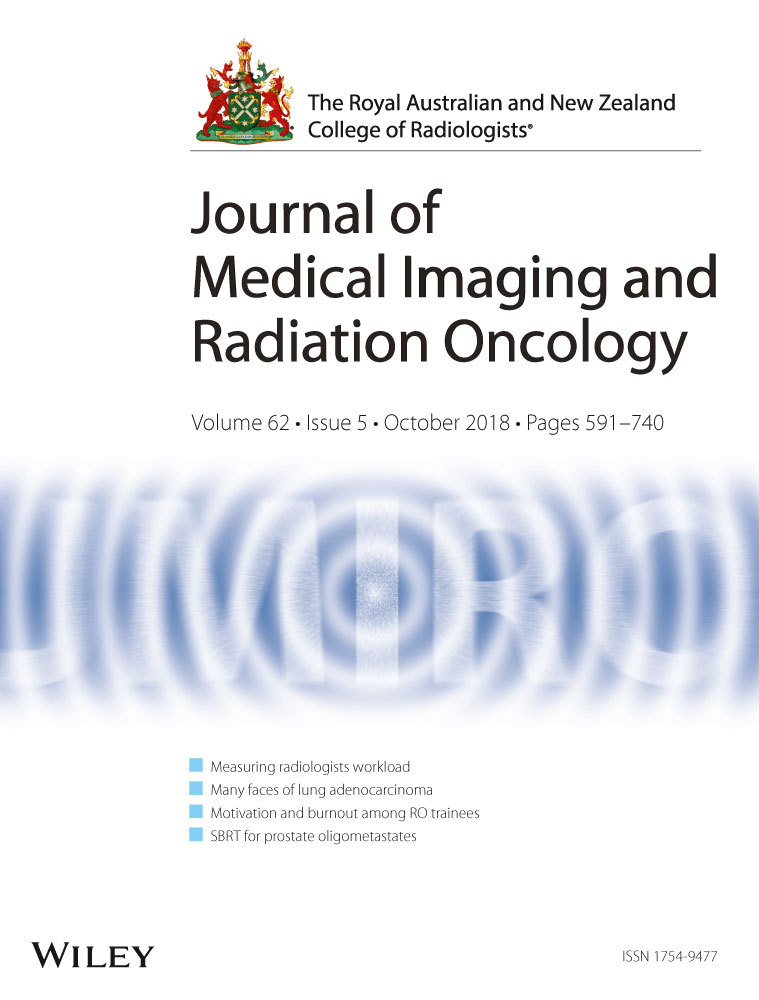Visibility of bony structures around hip prostheses in dual-energy CT: With or without metal artefact reduction software
Abstract
Introduction
The development of dual-energy CT and metal artefact reduction software provides a further chance of reducing metal-related artefacts. However, there have been only a few studies regarding whether MARs practically affect visibility of structures around a metallic hip prosthesis on post-operative CT evaluation.
Methods
Twenty-seven patients with 42 metallic hip prostheses underwent DECT. The datasets were reconstructed with 70, 90 and 110 keV with and without MARs. The areas were classified into 10 zones according to the reference zone. All the images were reviewed in terms of the severity of the beam-hardening artefacts, differentiation of the bony cortex and trabeculae and visualization of trabecular patterns with a three-point scale. The metallic screw diameter was measured in the acetabulum with 110 keV images.
Results
The scores were the worst on 70 keV images without MARs [mean scores:1.84–4.22 (p < 0.001–1.000)]. The structures in zone II were best visualized on 110 keV (p < 0.001–0.011, mean scores: 2.86–5.22). In other zones, there is general similarity in mean scores whether applying MARs or not (p < 0.001–0.920). The mean diameter of the screw was 5.85 mm without MARs and 3.44 mm with MARs (mean reference diameter: 6.48 mm).
Conclusion
The 110 keV images without MARs are best for evaluating acetabular zone II. The visibility of the bony structures around the hip prosthesis is similar in the other zones with or without MARs regardless of keV. MARS may not be needed for the evaluation of the metallic hip prosthesis itself at sufficient high-energy levels; however, MARS still has a role in the evaluation of other soft tissues around the prosthesis.




